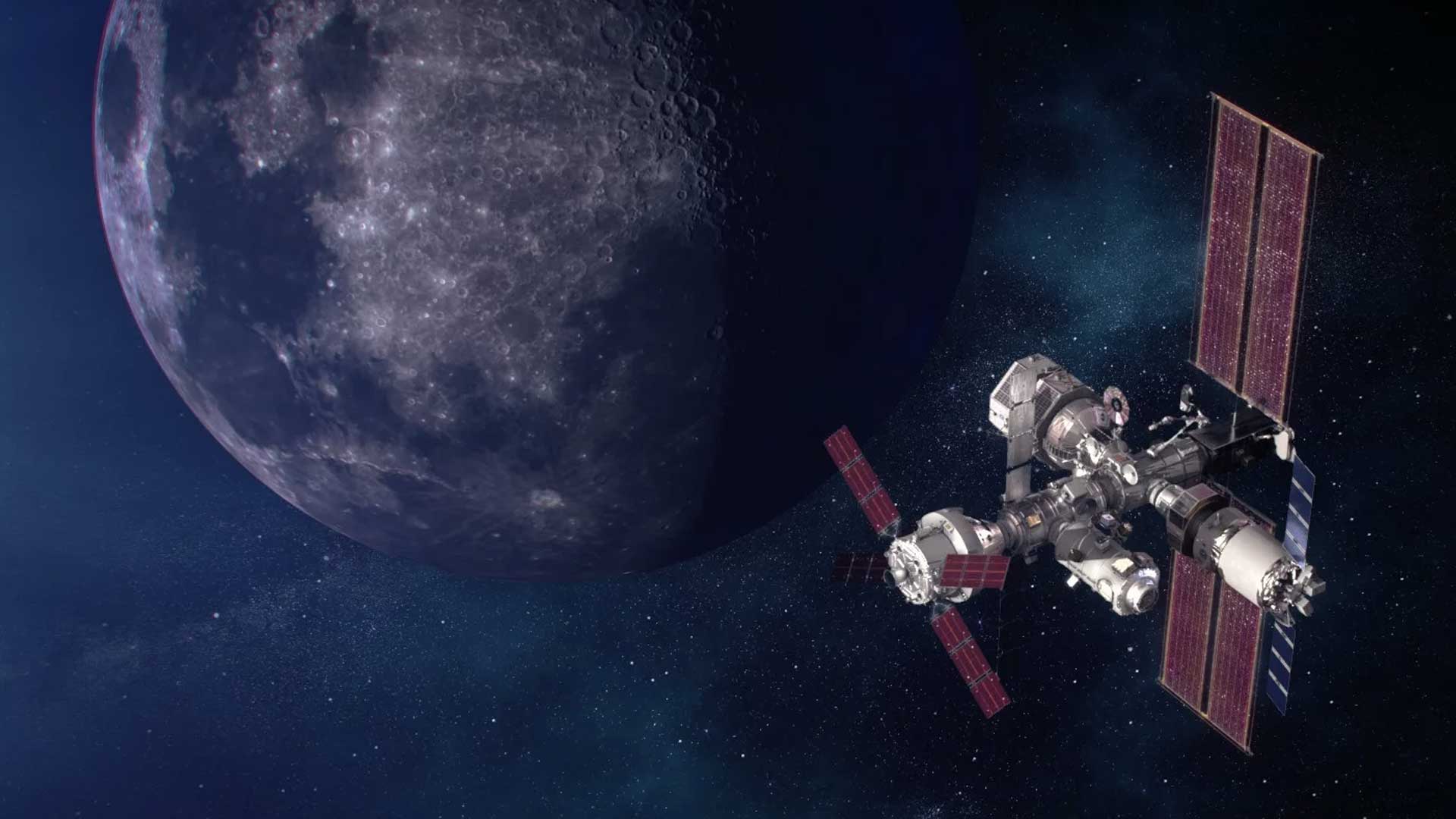 The creation of a lunar time zone would require international agreements.
The creation of a lunar time zone would require international agreements.
By Kai McNamee | NPR
As the world prepares for a new space race, the Biden Administration is calling on NASA to create a moon-based time standard. That's because time ticks by faster on the moon relative to Earth.
The difference is very small, but space flight needs extreme precision. And when lunar spacecraft and satellites operate on an Earth-based time standard, that difference could create problems, according to a memo issued by the White House Office of Science and Technology Policy this month.
The new lunar time zone, Coordinated Lunar Time (LTC), is all about ensuring the success of future, multinational missions to the moon, said Michelle Hanlon, the executive director of the Center for Air and Space Law at the University of Mississippi.
"It's not just the U.S. going back to the moon by itself. We are going as the Artemis partners — right now, 36 nations — and they are spread out across the globe. So we've got to figure out one way where we can talk to everybody in the same time," she said.
The LTC would not be like a regular time zone on Earth. On Earth, those zones are set using Coordinated Universal Time (UTC), which reflects a weighted average measurement of hundreds of extremely precise atomic clocks placed around the globe.
Due to the moon's lower gravity and its motion relative to Earth, moon time passes 56 microseconds faster each earth day. As a result, an atomic clock on Earth would run at a different rate than an atomic clock on the moon.
Similar to how UTC is determined, the memo suggests "an ensemble of clocks" deployed to the moon might be used to set the new time standard.
The memo also notes the creation of the LTC would require international agreements.
Hanlon said taking this step towards a unified approach to space travel is important for establishing international collaboration on the moon.
"I hope that this is the beginning of a collaboration. When we think about the geopolitical circumstances down here on Earth, it doesn't look particularly hopeful," she said.
Hanlon said that because several players in today's space race are looking to land near the moon's south pole, figuring out an international standard will be crucial.
"We all agree that space should be exclusively for peaceful purposes. We all agree that we have free access and freedom of exploration and use," she said.
"Let's all agree on how we're going to tell time on the moon."

By submitting your comments, you hereby give AZPM the right to post your comments and potentially use them in any other form of media operated by this institution.